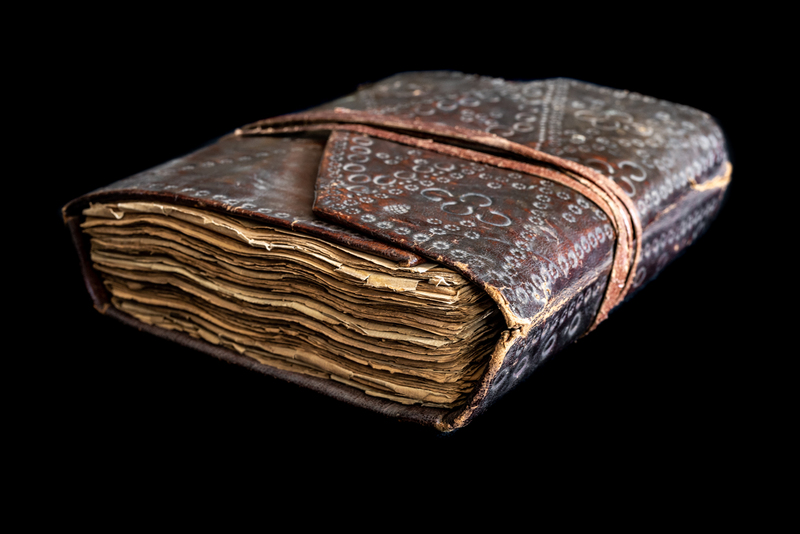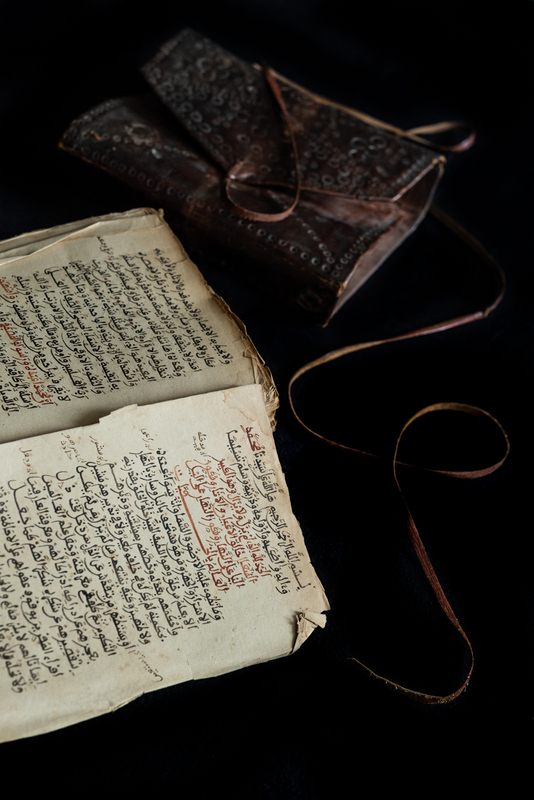Manuscript from West Africa
Item
Title
en
Manuscript from West Africa See all items with this value
Date
1100-1200
Description
en
The OI’s acquisition of this manuscript, "Sirāj al-mulūk" by al-Ṭurṭūšī, is notable due to its rarity. al-Ṭurṭūšī is an Andalusi author from the 11th and 12th centuries. This manuscript serves as evidence that this widely known and widely circulated work which found its way to West Africa which is the place of origin for the manuscript in question. The author of the main work is identified as Muḥammad b. al-Walīd b. Muḥammad b. Jalaf b. Sulaymān b. Ayyūb, known as Abū Bakr, Ibn Abī Randaqa, or Abū Bakr al-Ṭurṭūšī. He was a member of the al-Qurašī al-Fihrī al-Ṭurṭūšī al-Mālikī (1059-1126) lineage.The main work itself is titled "Sirāj al-mulūk wa-l-khulafāʾ wa-minhāǧ al-wulāt wa-l-umarāʾ" and is accompanied by three additional folia at the end of the manuscript, which contain excerpts from "Sirāj al-mulūk wa-l-khulafāʾ." The additional texts provide further insights or supplementary information related to the main work. Although it does not contain the place of copying, nor is it clear the name of the copyist, the binding, paper, and handwriting are typical examples of surviving sub-Saharan manuscripts in Arabic script. It is worth noting that Usman Dan Fodio (1754-1817), the founder of the Sokoto Caliphate, which encompassed areas of present-day Cameroon, Burkina Faso, Niger, and Nigeria, draw heavily on Siraj al-Muluk in his work Bayān Wujūb al-Ḥijra ‛alā al-‛Ubbād. See all items with this value
Note
The excerpt is taken from the description of Prof. Josef Ženka, Ph.D., Associate Professor at Charles University's Faculty of Arts, Department of Middle Eastern Studies.


